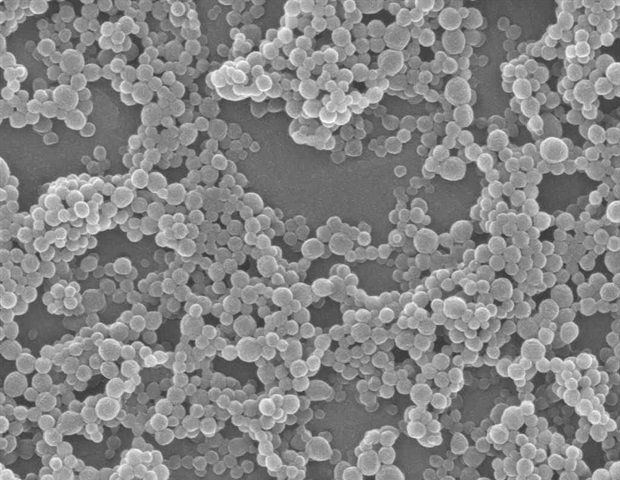The global population of patients with diabetic wounds is expected to increase between 9.1 and 26.1 million by 2030. Diabetic wounds severely affect patients’ quality of life, both physically and mentally, and also impose a significant financial burden on healthcare systems .
Current treatment methods for diabetic wounds include surgical debridement, negative pressure wound therapy, vascularized flaps, and different types of topical dressings. Among these dressings, commonly used options include gauze, metal ion dressings, hydrogel dressings, and platelet-rich plasma dressings. However, traditional dressings have limited drug loading capacity and permeability, and are unable to actively deliver drugs into the deep wound bed.
In recent years, microneedles have become the focus of research in wound management due to their advantages in high drug load/yield capabilities, minimal invasiveness, convenience, and strong adhesion. These features significantly reduce patient discomfort and improve compliance. Microneedles enhance the efficacy and permeability of transdermal drug delivery by penetrating the skin barrier and incorporating drugs, proteins, nanoparticles, and other therapeutic agents, effectively transporting them to the wound bed.
Currently, there is a lack of review articles on the application of microneedles of different structures and materials in diabetic wounds. This also prevents the development of microneedle dressings associated with diabetic wounds.
To this end, in a review (https://doi.org/10.1016/j.cjprs.2023.12.004) was published in the journal KeAi Chinese Journal of Plastic and Reconstructive Surgery, a group of researchers from China summarizes microneedle materials, techniques, structure, design, release mechanism, classification of administered substances, and their effects on different stages of wound healing.
The structural composition and material selection of microneedles influence their effectiveness in treating diabetic wounds. Microneedles can promote diabetic wound healing through several mechanisms, including antibacterial, anti-inflammatory, antioxidant, hypoglycemic, and angiogenic activities at different stages of the healing process.”
Youbai Chen, corresponding author of the study, professor of plastic and reconstructive surgery at the First Medical Center of PLA Chinese General Hospital, Beijing
“In conclusion, microneedles are promising drug delivery systems for the treatment of diabetic wounds,” adds first author Chun Liang. “We hope our abstract will be enlightening and instructive for further research on microneedle dressings.”
Source:
Journal Reference:
Liang, C., et al. (2023). Revolutionizing Diabetic Wound Healing: The Power of Microneedling. Chinese Journal of Plastic and Reconstructive Surgery. doi.org/10.1016/j.cjprs.2023.12.004.
